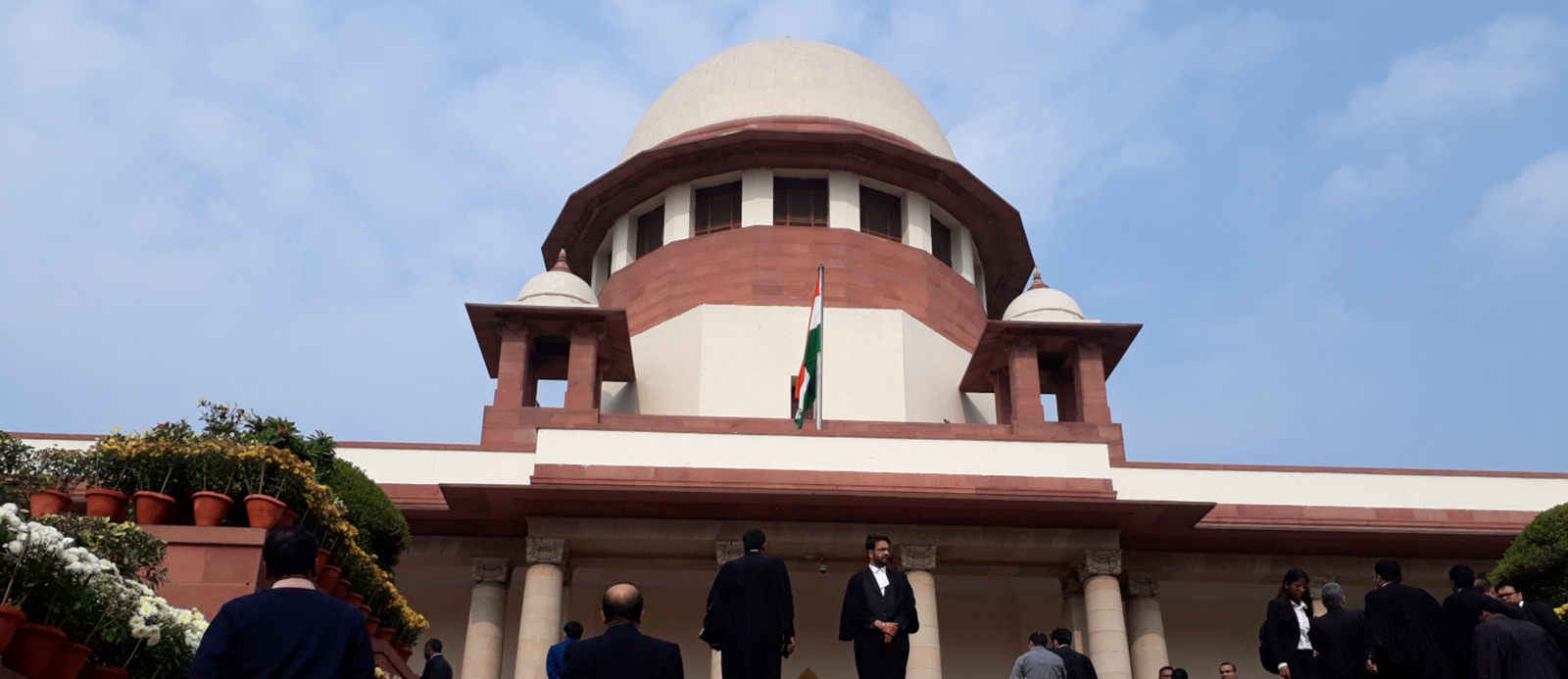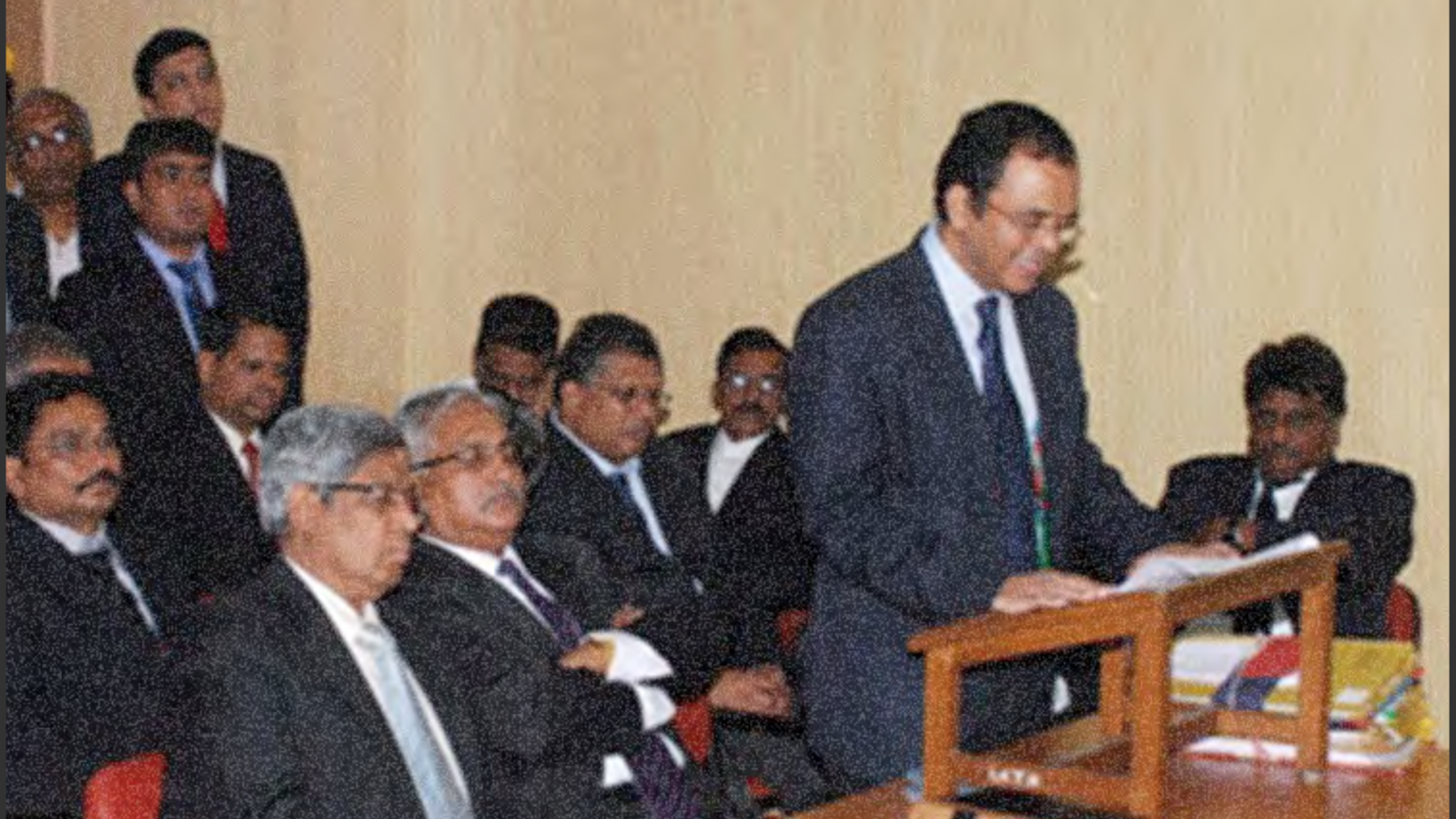
Towards an Effective and Efficient Supreme Court of India
Data driven, empirical research which provided new insights into the working of the Supreme Court and is being used to improve its functioning
Context
The problems of the judiciary are well known in that it has too few judges, too many cases and it takes too long to dispose of them. This diagnosis is at least 100 years old and every so many years, the solutions proposed are also much the same – increase judges, set up tribunals and ‘fast track courts’.
But do these solutions work as intended? Are they based on any quantifiable data about cases and judges? These are the questions that had not been asked about the Indian judiciary. To remedy this, Vidhi started its judiciary reforms vertical to carry out empirical research on the Indian judiciary and its functioning. While only a handful of academics from mostly foreign universities have, in the past, attempted to take a data driven approach to understanding India’s courts, Vidhi proposed to make this the cornerstone of its research on the Indian judiciary.
Although it is one of the most powerful judicial institutions of its kind anywhere in the world, the Supreme Court remains curiously understudied and little understood in the context of other institutions in India and other judicial institutions like it around the world. Save for aggregate numbers of cases pending and judges appointed, there has been little by way of extensive data gathering and analysis to paint a nuanced portrait of this institution.
A data driven, empirical study of the Supreme Court of India
In 2015, Vidhi scraped the data of every single case filed in the Supreme Court of India in the year 2014. This consisted of data related to the parties, the status of the case, the type of case, the advocates and the subject matter of the case. The details of 49459 individual petitions were extracted from the Supreme Court website and a database of these cases was created. This was preceded by a discussion paper on the backlog problems with the Supreme Court and assessing whether potential solutions such as setting up an appellate court for India could help in addressing the problem.
Key findings
The analysis of the data was presented in a report titled ‘Towards an Efficient and Effective Supreme Court’. Some of the key findings of this report are (as of November, 2015) :
- A vast majority (80.21%) of the Supreme Court’s cases are Special Leave Petitions filed under Article 136.
- The Supreme Court issues notice or entertains 41 % of all cases filed before it.
- Nearly half of the cases in the Supreme Court concern one of five subjects – ordinary civil matters, service law cases, taxation cases, bail applications and land cases.
- The Union Government filed only 10% of the cases in the Supreme Court overall but filed 97% of all civil appeals against the orders of the Armed Forces Tribunals.
- Engaging a senior advocate doubles the chances of a matter being taken up for hearing by the Supreme Court.
Continuing work
Following this study and the positive reception to the approach, the Justice, Access and Lowering Delays in India (JALDI) initiative received funding from the Tata Trusts to take forward the data driven approach to studying the judiciary in India. JALDI’s data driven studies have focused on the Delhi High Court, the Karnataka High Court, gender representation in the subordinate judiciary and High Courts, infrastructure in the subordinate judiciary, and perceptions of advocates on the judicial system, among other path breaking fields. Vidhi has not only selected areas which have not been studied in the past, but has also brought novel research methodologies to the study of legal and judicial institutions in India.
JALDI has since engaged with the Gauhati High Court and the Jammu and Kashmir High Court to help them improve their processes and management through this data driven approach. It is currently working with the Supreme Court of India’s committee on e-courts to help shape the next generation of digitalisation of India’s judiciary.

